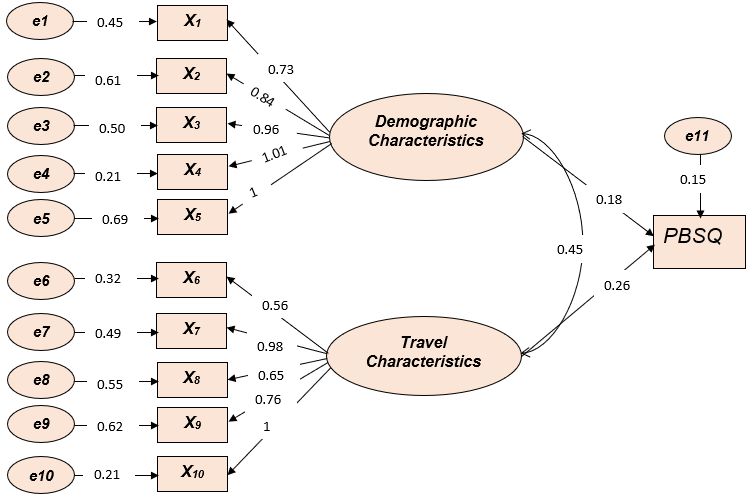
In a path-analytic form using OLS regression, it implements the method described by Judd, Kenny, and McClelland (2001, Psychological Methods), extended to multiple mediators. MEMORE is a macro for SPSS and SAS that estimates the total, direct, and indirect effects of X on Y through one or more mediators M in the two-condition or two-occasion within-subjects/repeated measures design. Two condition within-participant statistical mediation analysis: A path-analytic framework.

( MEdiation and MOderation in REpeated-measures designs)
Spss amos 22 vs 24 archive#
(Note: The archive also contains the "blirt" data files mentioned in the paper) Most of the features available for omega are also available for Cronbach's alpha, which the OMEGA macro can also generate. It also generates summary statistics making it easy to find the most psychometrically appealing brief form of a longer measurement instrument. For each possible subscale, it generates omega and the subscale-full scale correlation and displays information about each subscale in a data spread sheet. The OMEGA macro also generates all possible subscales of at least three items from an additive scale containing k items. Omega is an easy-to use macro for SPSS and SAS that calculates McDonald's omega without relying on the estimation of factor loadings or error variances using CFA. Hindering its more widespread adoption is the fact that the computation of omega heretofore has required the estimation of item factor loadings and error variances in a confirmatory factor analysis (CFA). Yet methodologists have warned that a is not an optimal measure of reliability relative to its more general form, McDonald's omega. Ĭronbach's alpha is the most widely-used measure of reliability when estimating the amount of random measurement error that exists in a sum score or average generated by a multi-item measurement scale. Communication Methods and Measures, 14, 1-24. Use omega rather than Cronbach's alpha for estimating reliability. Numerous additional options are available, including options for controlling for covariates and saving bootstrap estimates of effects for further analysis. MEDYAD also allows for the specification of an X or Y that measures a property of the dyad rather than of the individual member of the dyad. MEDYAD allows up to twelve mediators (up to six measured on each member of the dyad, or twelve if each mediator measures an aspect of the relationship or a single member of the dyad) and can conduct contrasts between indirect effects within and between dyads and between and within mediators. Bootstrapping methods are available for inference about indirect effects and differences between them. Options are available for conducting all possible pairwise comparisons between indirect effects that can be constructed linking an X to a Y through an M.

MEDYAD estimates the direct and indirect effects of each actor’s X on their own and their partner’s Y through their own and their partner’s mediator M.

In its most general form, it implements the Actor-Partner Independence Model extended to Mediation (APIMeM), but it is capable of simpler and more complex variants of the basic APIMeM. MEDYAD is an easy-to-use regression-based computational tool for SPSS, SAS, and R that conducts mediation analysis with distinguishable dyadic data. Easy statistical mediation analysis with distinguishable dyadic data.


 0 kommentar(er)
0 kommentar(er)
